-
Have students identify facts and opinions during Read Aloud Sessions, Shared Reading, and Guided Reading by using the pictures and text.
-
Have students share their opinions about the stories they read in reading groups.
-
Have students share their opinions about their favorite parts of a story, if they would be friends with the main character, or if they want to live in the setting of the book. Ask students to use facts or details from the story to support their opinions.
-
Have students identify the definition of fact and opinion and provide an example of each as additional practice or assessment. (See Additional Activity A Worksheet in Teacher and Student Materials below.)
-
Students can complete the “Fact or Opinion” worksheet to identify statements as fact or opinion and explain how they determined their answers. (See Additional Activity B Worksheet below.)
-
Have students discuss how different genres of writing use facts or opinions. For example, nonfiction writing uses facts and persuasive writing uses facts that support an opinion. After students talk about this, have them make charts showing examples of each genre.
-
Students can write diary or journal entries. Have them exchange their entries with a partner. The partner can then identify which sentences are facts and which are opinions.
-
Identify facts during social studies and science. Have students form opinions about what they are learning. They can complete a graphic organizer listing the facts they learn about the topic, as well as their opinions. (See Additional Activity C Worksheet below.)
|


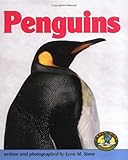




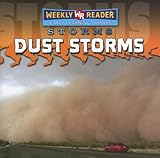
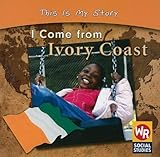
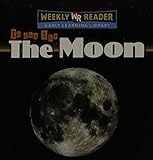
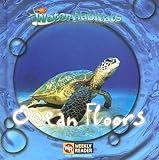













Love this. It makes my lesson plans easier...I love the way it is set up and how it aligns NC standards. YAY!!!
I teach English as a second language, this is great.
I love this web site.....so easy to use.....laid out really well.....
very helpful